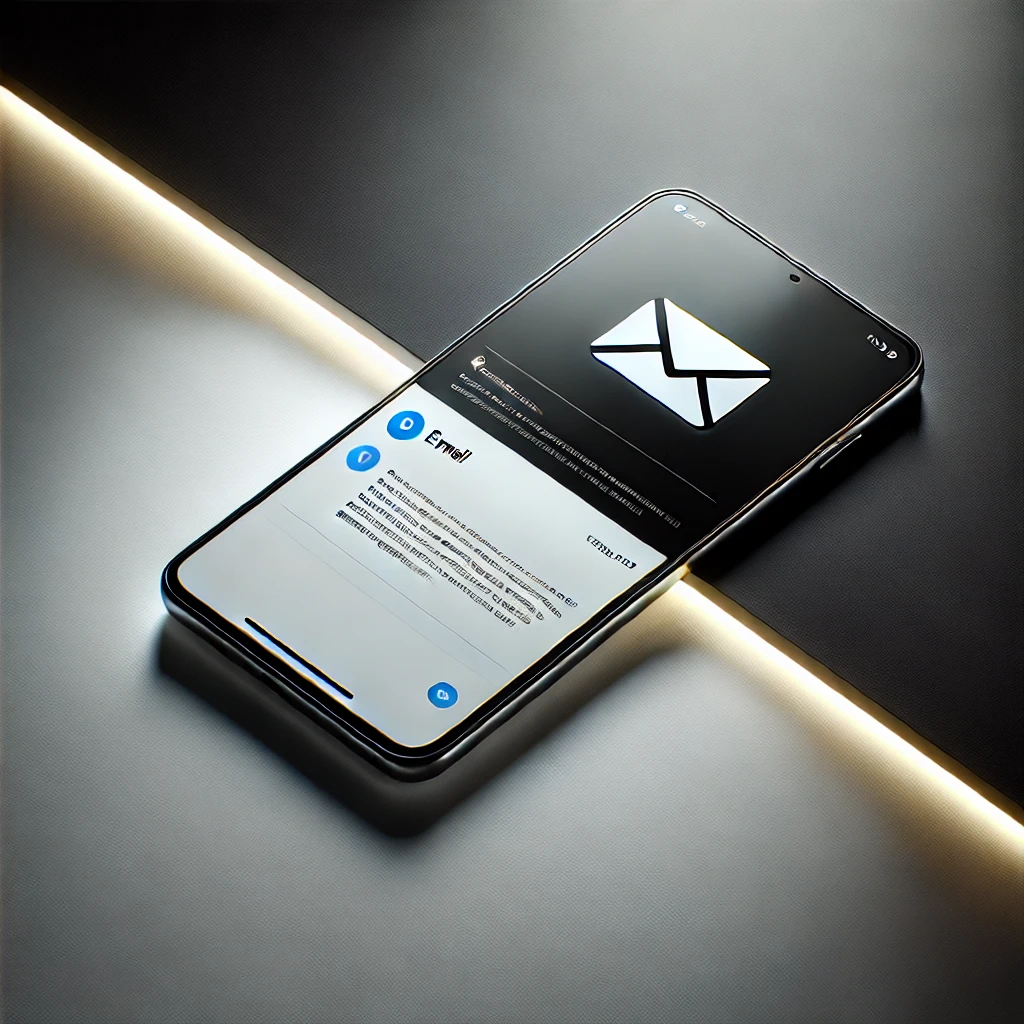Rich media continues to make an impact in the marketing world by engaging consumers and building brand loyalty in new and exciting ways. And, as technology continues to evolve, rich media advertising is only going to get more creative and impactful. One case in point is the way the launch of HTML5 banner ads has benefited rich media, improving the way video, animations and more are delivered—especially on mobile and tablet devices.
As developers and followers of technology are well aware, HTML5 ads is the fifth evolution of HTML, a core language for coding for the Internet. It allows things like rich media advertising campaigns to be viewed in browsers. However it was only the recent launch of HTML5 banner that solved a very big problem regarding mobile display advertising. We’ll get to that in a moment in point number 4. But first, let’s look at five key ways that HTML5 has impacted rich media:
- Plugins are a thing of the past
- Pixels no longer matter
- Geo-location is now on the map
- Mobile is finally served
- Creativity can now flourish
Let’s look a little closer at each of these new developments
1. No more plugins required
One of the problems of the past was that Adobe Flash was needed to play any audio and video on a web page. To enable audio or video, developers always had to rely on third-party Flash plugins to get the effects they needed. Now, however, HTLML5 has included <audio> and <video> tags that allow developers to easily add audio and video to their digital products.
2. Goodbye pixels, hello SVG
In the past, images like charts and graphics were impacted by their pixel size, meaning they could only be scaled up or down in size according to pixels before image quality was lost. With HTML5, images can be created as Scalable Vector Images (SVG) that can be easily scaled to fit the required area with no loss of quality. Pixels are no longer the point. This is important to brands that care about their brand image, as nothing can tarnish a brand image like poor quality images on the web.
3. Geo, geo, geo is a go
App makers are really thrilled with the geo-location functionality of new HTML5, which allows browsers to now access a user’s geographic location (with consent.) This enables brands to better geo-target potential customers with specific content. Campaigns that incorporate geo-location functionality can really put smart brands on the map.
4. Mobile now moves the way it should
As we mentioned in the introduction, HTML5 digital display ads is really changing the game for mobile advertising, allowing developers to allow ads to be uploaded directly to an app as opposed to being uploaded via an ad server. With more and more people spending time on mobile and tablet devices, this is a critical thing. Mobile advertising provides companies with the best way to connect with their consumers in a one-to-one manner.
5. Creativity can now flourish
The first four benefits of HTML5 all combine to create this fifth one: creativity can now flourish. By enabling audio, video, animations, geo-targeting and mobile capabilities, creative minds are no longer limited to what they can create. Expect more engaging content and rich media marketing in the months and years ahead.
In conclusion
HTML5 Ads is a great thing for brands and marketers, and it will require that designers, developers, producers and rich media advertising providers all stay up to speed with all the advantages this new core language can offer. The limits of what can be created in a digital campaign are quickly fading. It’s an exciting time to be in the rich media game.




One Reply to this post
I’m trying to figure this out. How are flash-style games and interactive media going to be created now? Are developers going to be using their website development kits as game engines now?
A lot of my favorite web content has been having issues because of these changes and being forced to switch to a video player like YouTube. Or making me run the file in a flash player outside my browser.
I know it’s easy to make a clickable banner ad, but what about a larger screen where clicking certain sections opens up new choices and ultimately becomes a long length of code? I’m having trouble finding out how creatives are going to move forward.